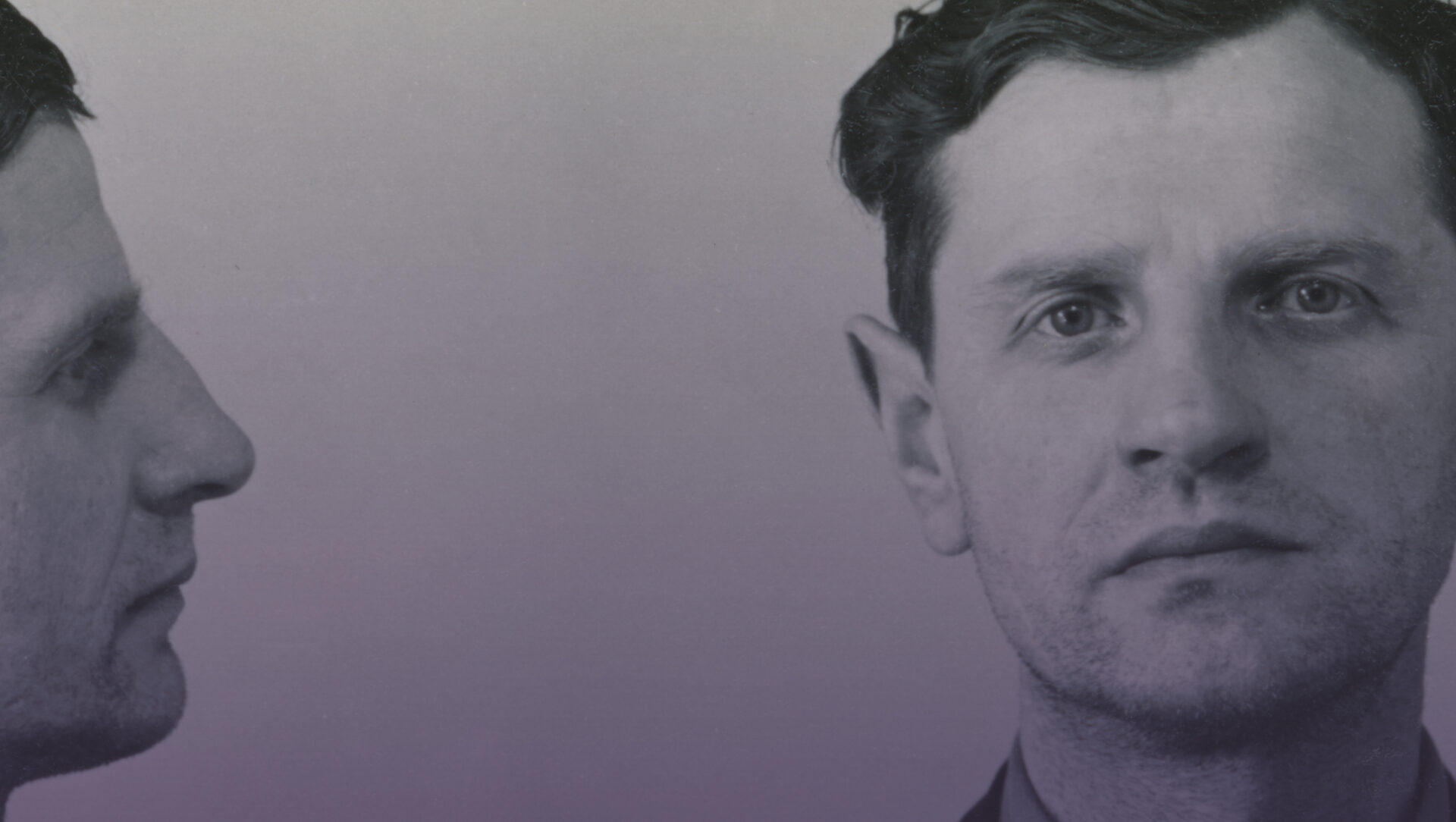In 2023, for the first time in Belgium, a museum will mount a chronological and thematic exhibition on the persecution of homosexuals and lesbians under the Third Reich. The exhibition will include a wide array of documents, most of which have never been presented in Belgium before. This exhibition, created by the Shoah Memorial in Paris and completed by Kazerne Dossin, was produced under the scientific direction of the historian Florence Tamagne.
Although it has been the focus of first-rate historical research for about 30 years, the fate of homosexual men and women during this period, long a taboo subject, is still unknown to the general public. After the Second World War, few homosexual men and women spoke up about their experiences under the Nazi regime. In Germany, paragraph 175 of the Penal Code criminalizing sex between men remained in force after 1945, denying them the status of victims.
It was only with the rise of the gay and lesbian liberation movement in the 1970s that this chapter in history came out of the shadows, raising many questions. What was the nature of the persecution? How many people were affected? Were all homosexuals targeted? What was the fate of lesbians? What places were affected? What are the best ways of honoring the victims’ memory?
Through a variety of documents, most of which have never been presented in Belgium before, the exhibition aims to answer these questions while placing the persecution of homosexual men and women under the Nazi regime into a long timeframe and a wide geographical context. The situation in Germany, Belgium, the Netherlands and France will receive the most attention.
The early 20th century saw the blossoming of homosexual subcultures in the major European capitals (like Berlin and Paris) as well as the emergence of the first activist movements. Yet homophobic prejudice, drummed up especially by the religious and medical establishments, remained deeply entrenched. Many countries criminalized male—but more rarely female—homosexuality. Nazi ideology took root in this fertile ground before being implemented in an increasingly radical and repressive system reaching into every corner of society. The exhibition will lay out the various steps and methods involved in this process.
Homosexual men and lesbians met with different fates. Some chose exile; others led a double life. In Germany, around 50,000 of the nearly 100,000 homosexual men in the regime’s files were convicted. Between 5,000 and 15,000 were sent to concentration camps, where most of them died, although their fate could vary widely depending on the camp and the date of internment. With the exception of a few places, such as Austria, lesbians remained outside the purview of the law. Some were deported as “asocials” or “communists”. Paragraph 175 applied only to Germans and people living in annexed territories, such as Alsace-Lorraine. The fate of homosexuals in countries allied with Germany, such as Italy, or under its occupation, could differ significantly.
Life stories will shed light on this dark chapter in all its complexity, for it has many facets. Homosexual men and women could also be Jews, members of resistance movements, even Nazi sympathizers. One section in the exhibition will chart the slow process of recognition, from the commemorative memorials and plaques that began to appear in the 1980s to institutional measures, which have set a process of rehabilitation and compensation in motion.
There is a duty to remember the fate of homosexuals and lesbians in Nazi Europe, which has long been made invisible. With the help of numerous original documents, this exhibition focuses on their plight under the Nazi regime, from stigmatization to persecution, and the struggle for recognition that came afterwards.
Florence Tamagne, scientific curator of the exhibition Lecturer in contemporary history at the Université de Lille Specialist in the history of homosexuality
European history is a polyphonic history. With this exhibition we are once again highlighting a particular history that saves us from the trap of unitary history. It also gives us the opportunity to explore the current significance of this history of persecution of gays and lesbians.
Tomas Baum, director Kazerne Dossin
Practical information
Dates: 16.02-10.12.2023
Price: €10, -21 y: €5
Languages: FR, DU, EN
Guided visits
Website
This exhibition was created and developed by the Mémorial de la Shoah (the Holocaust Museum in Paris, France) under the scientific supervision of Florence Tamagne. It was first presented in Paris in 2021. The content relating to Belgium and the Netherlands was developed and added by Kazerne Dossin. To this end, Kazerne Dossin collaborated with historians such as Judith Schuyf, Wannes Dupont, Bart Hellinck and Marc Verschooris.

